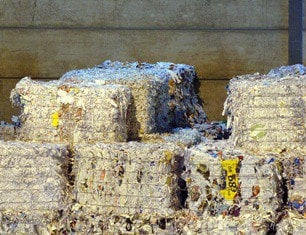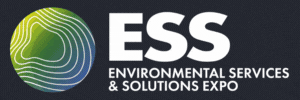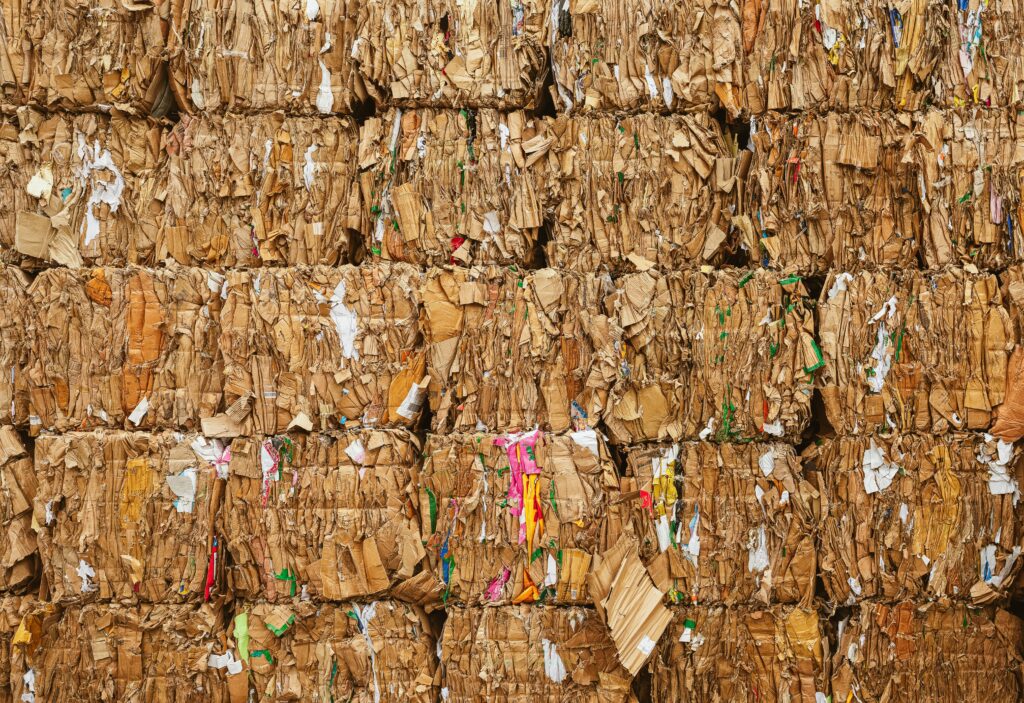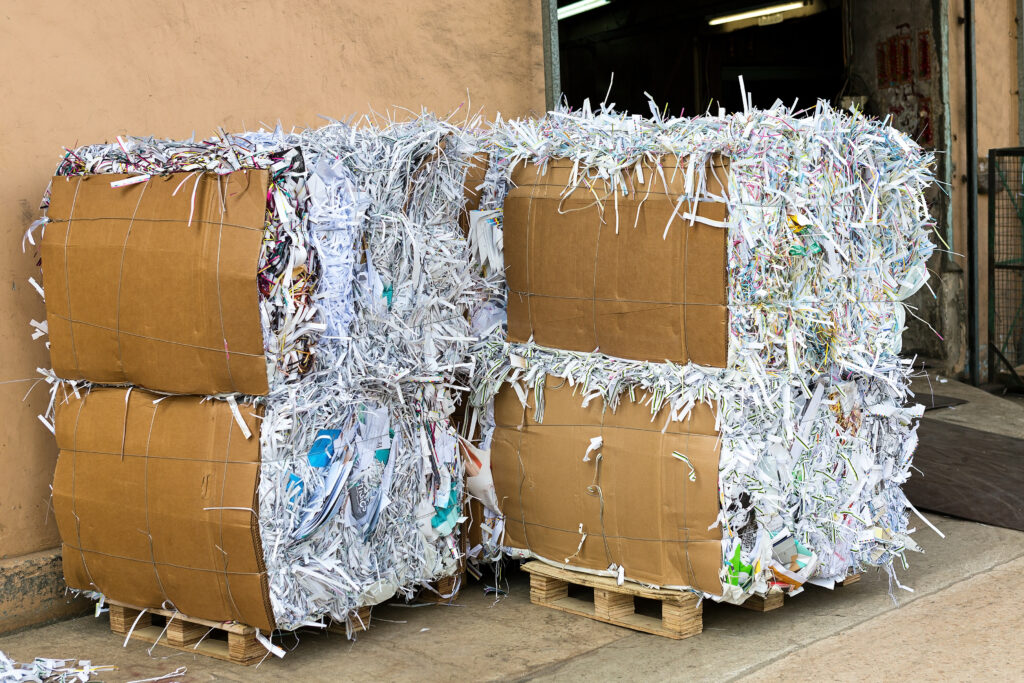European paper mills have published updated guidance on the level of non-paper materials that they see as acceptable in supplies of waste paper for recycling.
The newly revised EN643 European List of Standard Grades of Paper and Board for Recycling will suggest tolerances of 1.5% contamination rather than an existing 3% according to the Brussels-based Confederation of European Paper Industries (CEPI).

Publication of the revised standard grades comes as the debate continues in the UK over how much contamination is acceptable in waste paper and also of what sort, especially with regard to exports.
The difficulty in resolving the debate is exacerbated by the application of other rules, either in force or planned, including Green List rules under the Basel Convention, the End of Waste criteria and the differing interpretation of rules by regulatory authorities.
In England, the Environment Agency has said that to be classified as Green list waste under the Waste Shipments Regulation the waste must generally be of one type such as plastic or paper. If other materials are mixed with it, its classification may be affected. Operators should know what is in their waste and assess that it is as described on the Green list.
They can also seek advice from the Environment Agency on this matter. They would then have to judge whether any remaining items as contaminants increased the risks associated with it sufficient to make it amber or red list or prevent the recovery of the waste.
SEPA
‘A major change in the new EN 643 is the introduction of maximum tolerance levels for non-paper components (maximum of 1.5% for the majority of grades) and for unwanted materials.’
CEPI
The Scottish Environment Protection Agency (SEPA) said: Such exports are permitted under what are known as Green list controls, however there are no numerical standards within the Waste Shipment Regulations that specify the acceptable level of contamination in such exports.
A spokesman for SEPA explained: As such SEPA considers each shipment inspected on its own merits, and when making a professional judgement on whether any load is suitable for export we take in to account not only the amount of contamination, which is clearly important, but also the type of contamination, which is equally important, as both have a bearing on whether the waste can be shipped in an environmentally sound manner and recovered in the destination country without the need for further treatment. For instance, SEPA is likely to accept a load of mixed paper for export with small (as achieving no contamination is virtually impossible) amounts of contamination with other dry recyclables such as plastics; however we would not be content if this small amount of contamination included clinical waste, for example.
He added: Whilst SEPA and the Environment Agency do not enforce against numerical standards it should be noted that other countries have published position statements which do set numerical limits relating to imports of waste.
Guidance
CEPI, of which the UKs Confederation of Paper Industries is a member, has published a PDF of the new guidance which can be accessed via its website.
The trade body explains that: A major change in the new EN 643 is the introduction of maximum tolerance levels for non-paper components (maximum of 1.5% for the majority of grades) and for unwanted materials. The grade lists within EN 643 now contain two additional columns defining the maximum tolerance levels within each paper for recycling grade for non-paper components and unwanted materials.
It adds: The tolerance of non-paper components is included as part of the tolerance of
unwanted materials; they are not exclusive and cannot be added together. The percentages
refer to weight by weight. Their weight in the product should be tested by an agreed method of sampling and measurement.
The discussions around standards have implications across the recycling sector. Paper mills would like to have less contaminants in the waste paper (such as plastic bottles) because, they claim, it costs them substantial sums to sort and dispose of the contaminants. But, questions remain as to how pure a stream of waste paper can be and very high quality sorting has a cost and would have to be met by someone in the chain, potentially hitting local authorities.
The issue is also of increasing concern to the mills as more material, such as cardboard arises in the domestic waste stream.








Subscribe for free